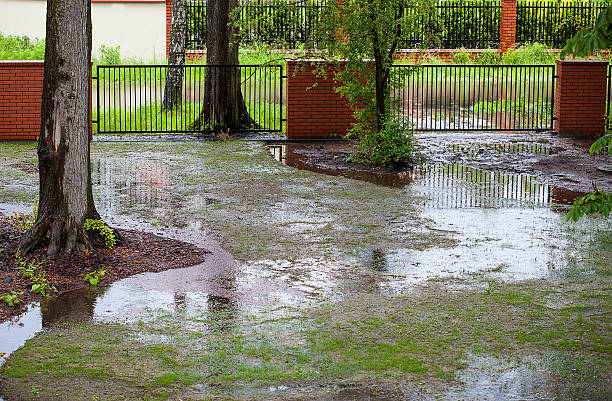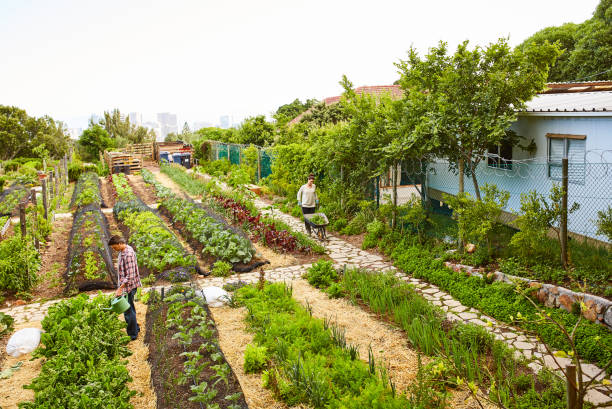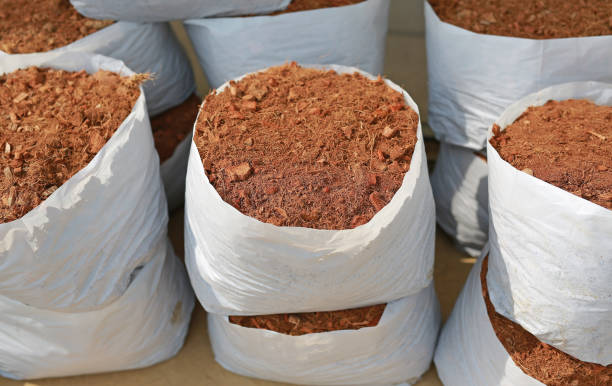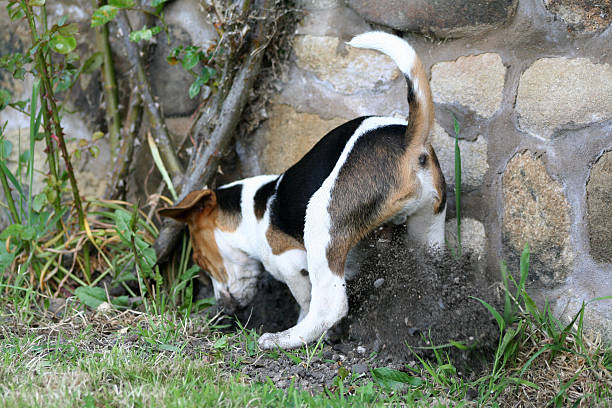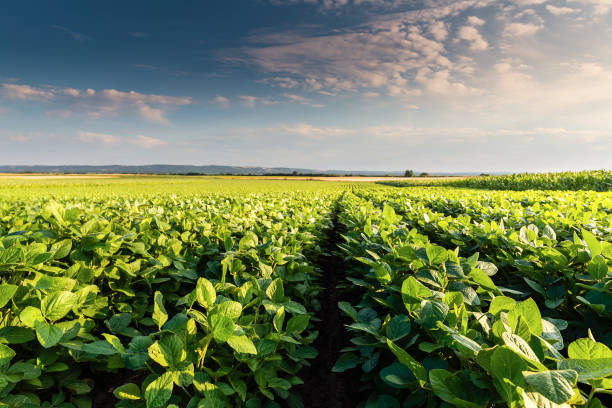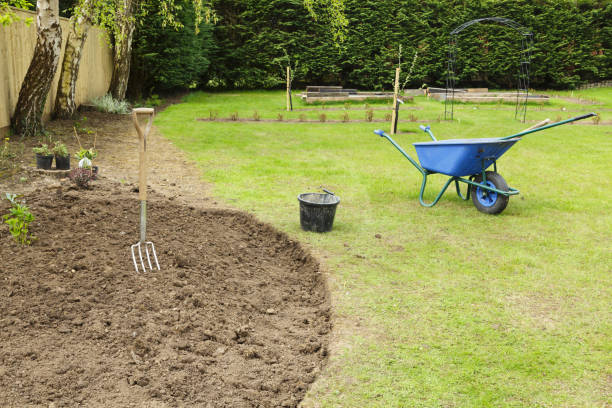What to Do for a Muddy Yard
Having a muddy yard can be frustrating and inconvenient. Not only does it make your outdoor space unattractive, but it can also create difficulties when it comes to walking, gardening, or engaging in outdoor activities. If you find yourself dealing with a muddy yard, don’t worry. In this article, we’ll explore the causes of a muddy yard and provide you with effective solutions to tackle the problem head-on.
Understanding a Muddy Yard
A muddy yard is often the result of poor drainage, which leads to excessive water accumulation on the surface. When the ground becomes oversaturated, it can no longer absorb water effectively, resulting in puddles and mud. Understanding the reasons behind your muddy yard is crucial in order to implement the right solutions.
Causes of a Muddy Yard
Several factors can contribute to a muddy yard. Heavy rainfall, compacted soil, inadequate grading, and improper landscaping are common culprits. Additionally, the presence of clay soil, which retains water more easily, can exacerbate the problem. Identifying the underlying causes will help you determine the most suitable remedies.
Assessing Drainage Issues
Before implementing any solutions, it’s essential to assess the drainage issues specific to your yard. Observe the patterns of water accumulation and determine the areas most affected. This assessment will guide your decision-making process and allow you to target the root causes effectively.
Implementing Drainage Solutions
Installing French Drains
One effective method for addressing a muddy yard is by installing French drains. These drains are designed to redirect water away from problem areas, preventing excess moisture accumulation. A French drain consists of a trench filled with gravel or rock and a perforated pipe that directs water flow. Proper installation and placement are crucial for optimal drainage.
Building Dry Wells
Dry wells are another effective solution for managing excess water. These underground chambers collect and store rainwater, allowing it to gradually percolate into the soil. Building a dry well involves excavating a hole, filling it with gravel or rock, and connecting it to a drainage system. Dry wells provide an efficient way to channel water away from your yard and prevent mud formation.
Creating Rain Gardens
Rain gardens are both aesthetically pleasing and functional in managing water runoff. By strategically planting a variety of native plants in a depression area, rain gardens help absorb excess water and filter out pollutants. These gardens act as natural sponges, reducing the impact of heavy rain and preventing soil erosion.
Using Gravel or Mulch
Adding a layer of gravel or mulch to problem areas can significantly improve drainage and minimize mud. These materials provide a porous surface that allows water to penetrate the soil more effectively, reducing the accumulation of standing water. Gravel or mulch can be used in walkways, around plants, or as a top dressing for bare soil.
Controlling Runoff
To prevent water from pooling in your yard and creating muddy conditions, it’s important to control runoff. Redirecting downspouts away from the house and using gutter extensions will help ensure that rainwater flows away from the yard. Additionally, creating swales or small ditches can guide water towards appropriate drainage areas, reducing the likelihood of a muddy yard.
Promoting Lawn Health
Maintaining a healthy lawn can also contribute to reducing muddy conditions. Healthy grass with a strong root system can absorb water more efficiently, preventing excess runoff and mud formation. Regular mowing, proper fertilization, and adequate watering practices will help keep your lawn in optimal condition.
Choosing the Right Plants
Selecting the right plants for your yard can make a significant difference in managing a muddy yard. Opt for plants that are well-suited to your soil type and moisture conditions. Native plants, in particular, are often more tolerant of local weather patterns and require less maintenance. Their deep root systems also help improve soil structure and drainage.
Preventing Soil Erosion
Soil erosion can exacerbate muddy conditions in your yard. Implement erosion control measures such as retaining walls, terracing, or installing erosion control blankets. These solutions help stabilize the soil, prevent runoff, and reduce the likelihood of mud formation.
Maintaining a Muddy Yard
While implementing drainage solutions and preventive measures is essential, regular maintenance is key to avoiding a muddy yard. Remove leaves, debris, and any other obstructions that may hinder proper water flow. Check and clean gutters and downspouts to ensure they are functioning optimally. By staying proactive, you can prevent the recurrence of muddy conditions.
Conclusion
A muddy yard can be both unsightly and inconvenient, but with the right approach, it’s a problem that can be effectively addressed. By understanding the causes of a muddy yard and implementing appropriate drainage solutions, you can transform your outdoor space into a more enjoyable and functional area. With proper maintenance and the right choice of plants, you can keep mud at bay and create a yard that you can truly enjoy.
FAQs
Can I install a French drain myself, or should I hire a professional?
Installing a French drain can be a complex task, requiring knowledge of the local soil conditions and proper drainage techniques. While some homeowners may be comfortable tackling the project themselves, it’s often recommended to hire a professional to ensure the drain is installed correctly.
How long does it take to build a dry well?
The time it takes to build a dry well can vary depending on various factors, such as the size of the well and the complexity of the project. It’s best to consult with a professional or contractor to determine the estimated timeframe for your specific dry well installation.
Can I create a rain garden in any yard?
Rain gardens can be implemented in most yards, but it’s essential to consider the site’s conditions and choose suitable plant species. If you have any concerns about your yard’s eligibility for a rain garden, it’s advisable to consult with a landscaping professional.
Are gravel and mulch equally effective for reducing mud?
Both gravel and mulch can be effective in reducing mud formation, but the choice depends on your specific needs and preferences. Gravel is more durable and better suited for high-traffic areas, while mulch provides additional benefits such as moisture retention and weed suppression.
How often should I inspect my gutters and downspouts?
Regular inspections of your gutters and downspouts are recommended at least twice a year, ideally in the spring and fall. However, it’s a good practice to check them more frequently, especially after heavy storms, to ensure they are free from debris and functioning properly.

